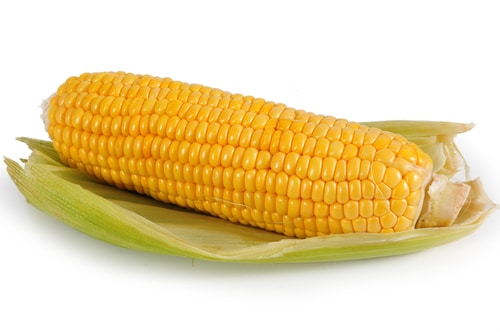
What is Resistant Starch?
As the name implies, resistant starch is starch that’s resistant to digestion. Normally, carbohydrates and starches are broken down to simple sugars. These simple sugars are absorbed by your small intestine and used as fuel by cells or stored as glycogen. Resistant starch manages to escape this fate, behaving more like fiber than starch and passing intact through your digestive tract without being broken down into simple sugars.
Why are some people so enthusiastic about the weight loss benefits of resistant starch? Like fiber, resistant starch increases satiety without adding calories since it isn’t absorbed. But will it really boost weight loss? As good as it sounds, humans studies on resistant starch are lacking. Studies in rats show rats that eat a diet consisting of 25% of resistant starch lose more body fat than rats that eat an equal number of calories with no resistant starch. What’s less clear is whether this applies to humans – and whether it’s practical to eat a diet that high in resistant starch.
Then there’s another issue. Not all resistant starches are the same. Some are partially broken down and absorbed, so they aren’t all “calorie-free.”
Sources of Resistant Starch
Where do you find resistant starch? Resistant starch is present naturally in certain foods. Beans, lentils, bananas, seeds and unprocessed grains are good sources as well as corn and uncooked potatoes. Resistant starch is also formed when some foods are cooled after cooking them. When you cook a potato or pasta and cool it by placing it in the refrigerator some of its starch is converted to resistant starch.
Some manufacturers are taking it a step further by adding resistant starch to foods like bread and cereal to make them more filling. If you read the label for these products, you’ll see “modified corn starch” in the ingredient list. There’s also a flour-substitute called hi-maize made with modified cornstarch you can use as a substitute for part of the regular flour in recipes to add more resistant starch to your diet.
Resistant Starch: Should You Add It to Your Diet To Lose Weight?
Adding resistant starch to your diet is unlikely to have a dramatic impact on weight loss – although it might reduce the number of calories you absorb and help you feel fuller. There are other potential benefits of resistant starch that are currently being looked at. It may improve colon health and, possibly, protect against colon cancer by boosting butyrate levels in the colon. Butyrate is made when intestinal bacteria break down resistant starch. Butyrate appears to protect colon cells from damage. Resistant starch is also good for people who suffer from constipation – and for type 2 diabetics. It appears to boost insulin sensitivity, making it good for metabolic health.
Get Resistant Starch Naturally
The best way to get the benefits of resistant starch is to enjoy more beans, lentils, seeds and other natural sources of resistant starch rather than focusing on foods made with modified cornstarch or resistant starch supplements. If you’re a pasta lover, there may also be a small advantage to eating pasta cold in the form of a pasta salad (light on the mayo) than cooked and doused in a creamy sauce. The bottom line? Enjoy resistant starch in its natural form, at least until more is known.
References:
Louisiana State University. “Resistant Starch in the Diet of Rodents Promotes an Increase in Fermentation and a Reduction in Body Fat in an Animal Model of Dietary Obesity”
Los Angeles Times. “The Questionable Claims about Resistant Starch”

